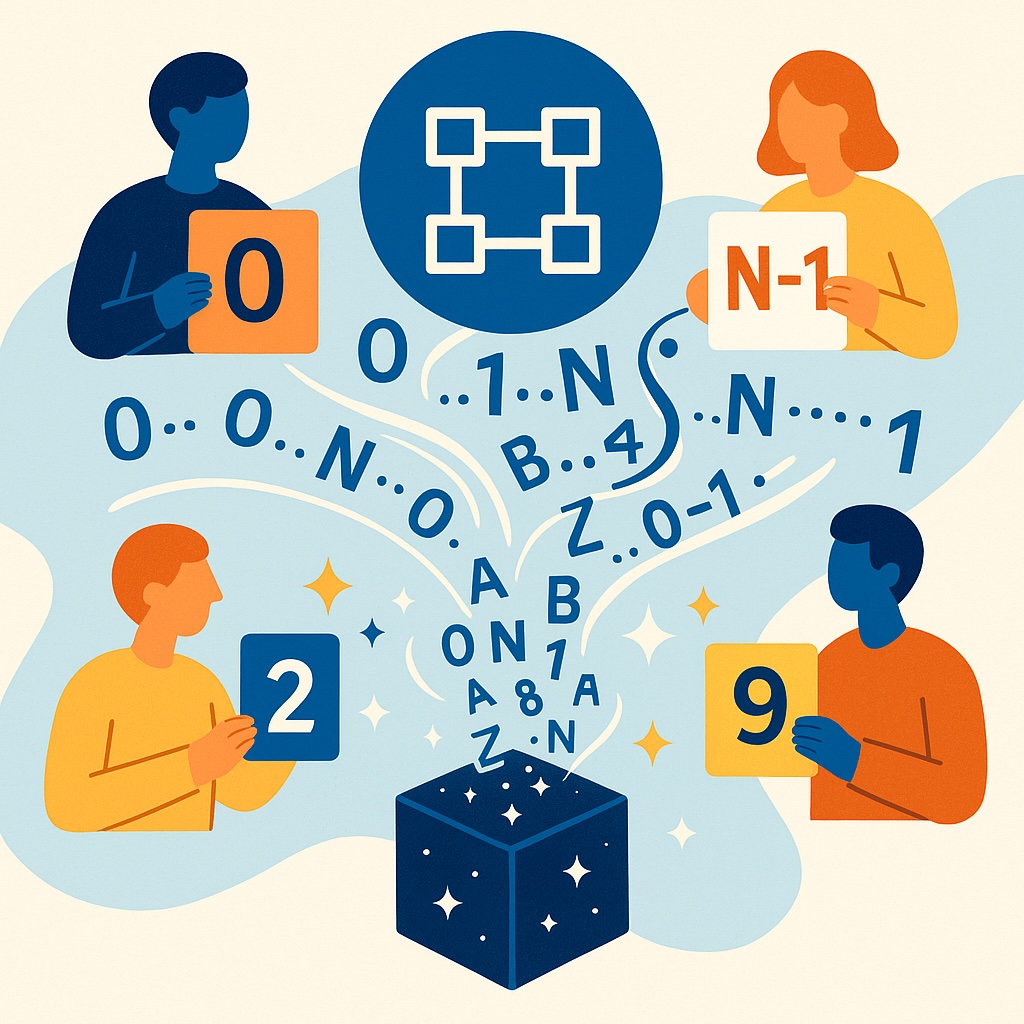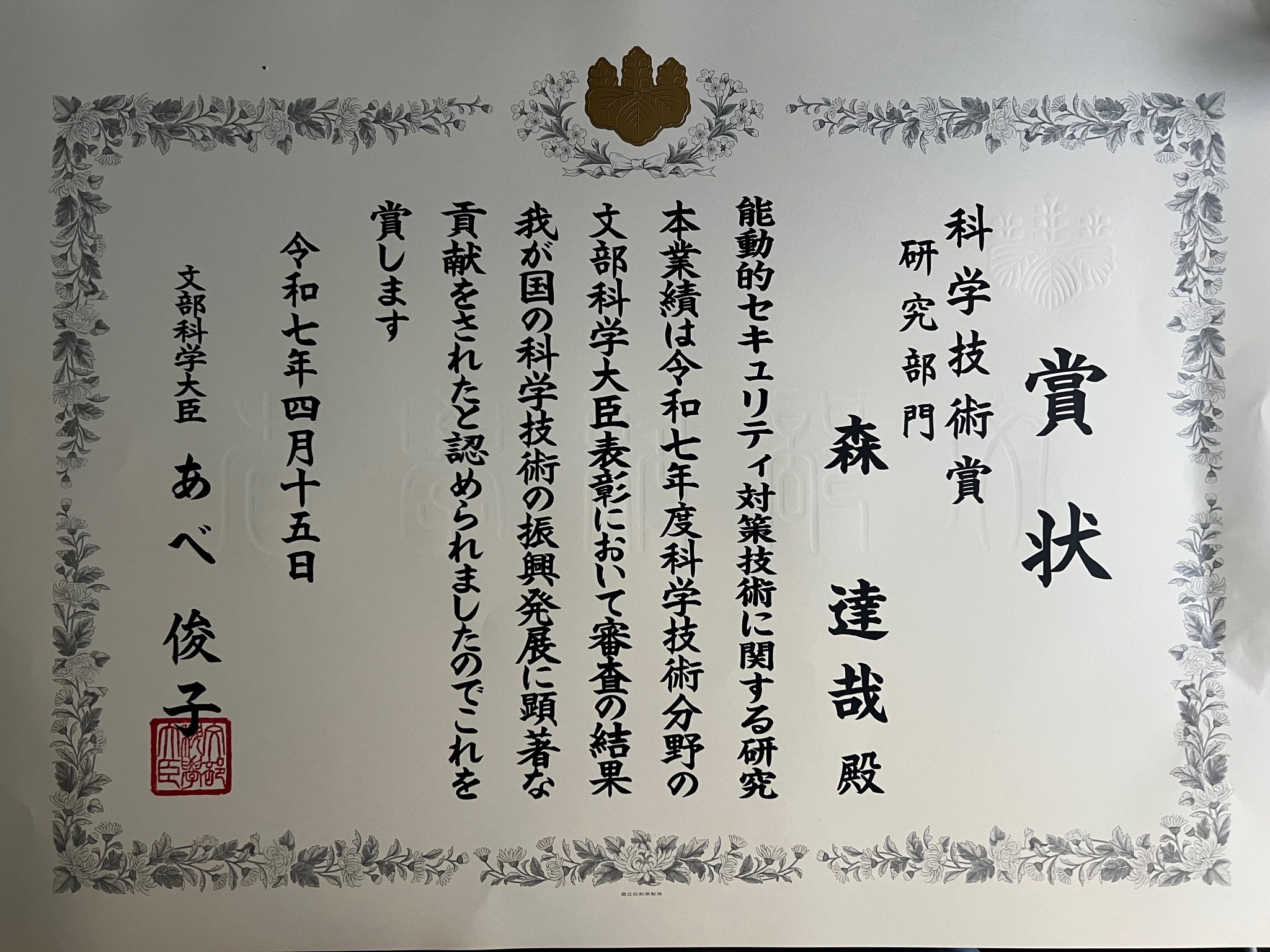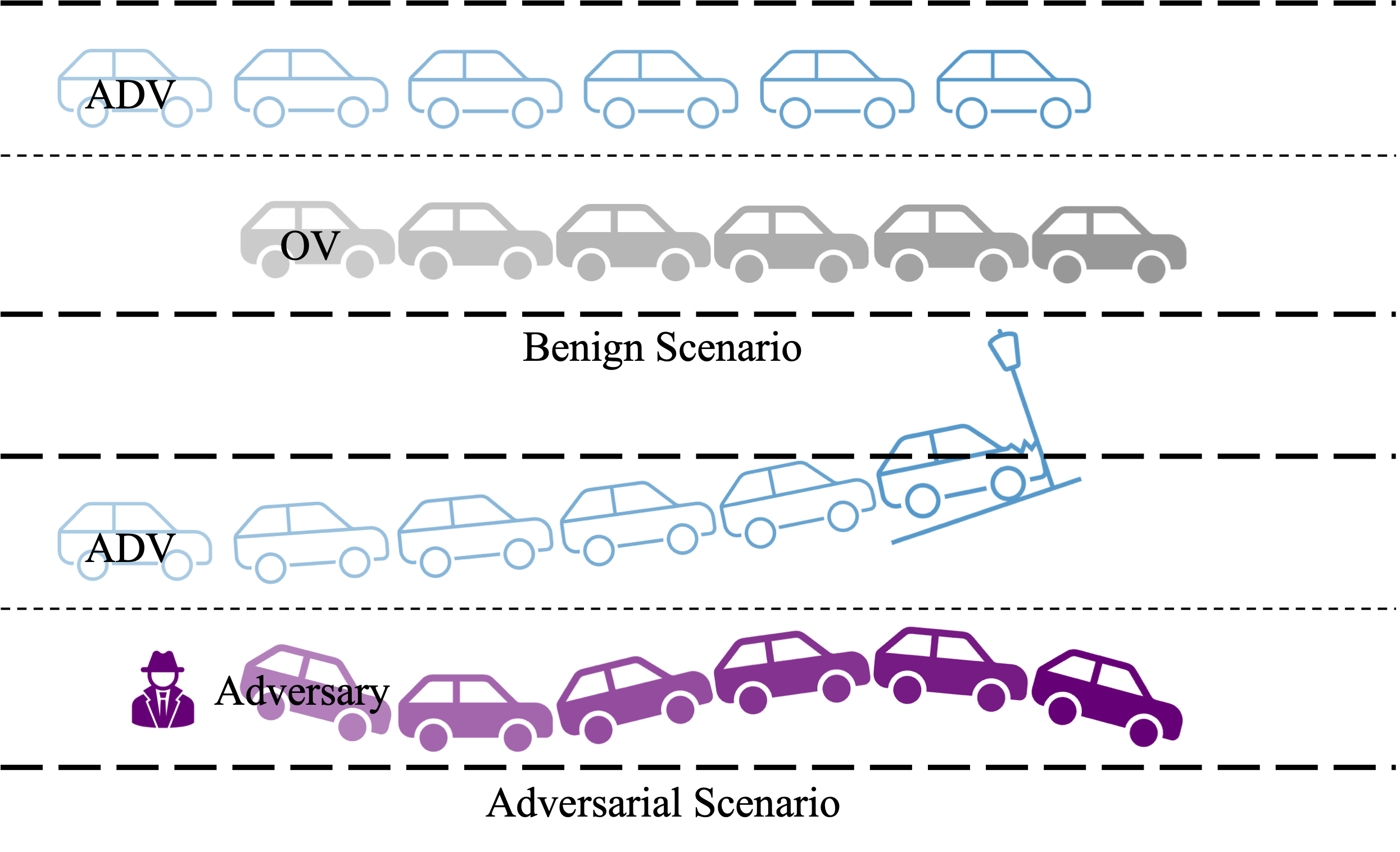We are thrilled to announce that our paper entitled “N-choice Game: Building a Smart Contract for Accurate Pseudo-random Number Generation” has been accepted for publication in ACM Distributed Ledger Technologies: Research and Practice (DLT 2025). Congratulations to Sako-kun and kudos to the entire team!
Kentaro Sako, Shinichiro Matsuo, and Tatsuya Mori. “N-choice Game: Building a Smart Contract for Accurate Pseudo-random Number Generation.” ACM Distributed Ledger Technologies: Research and Practice,Volume XX, Issue XX, Article No.: XX, Pages XX – XX (accepted for publication)






